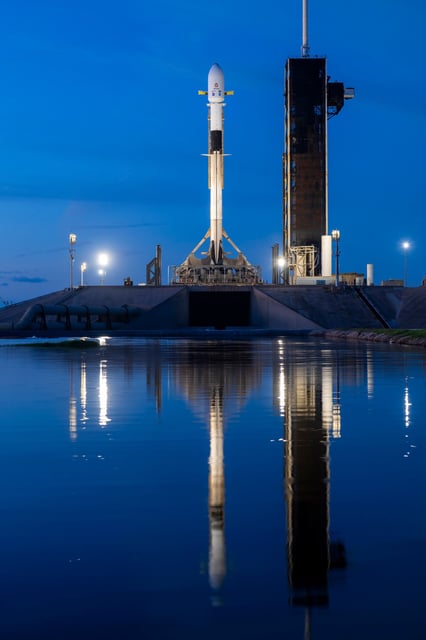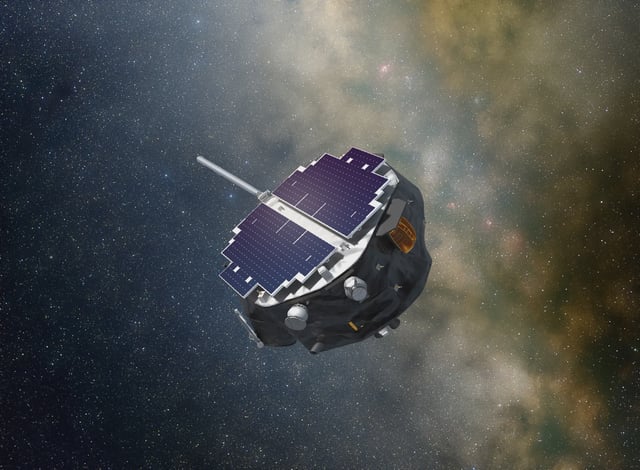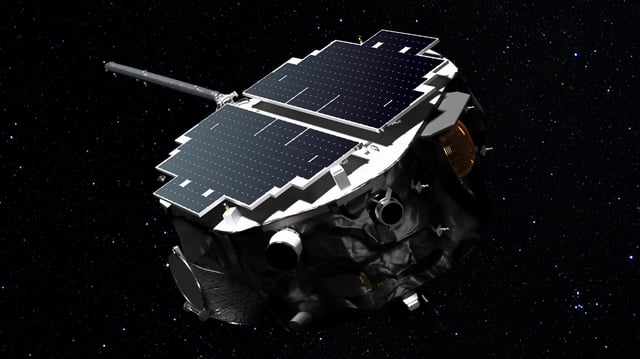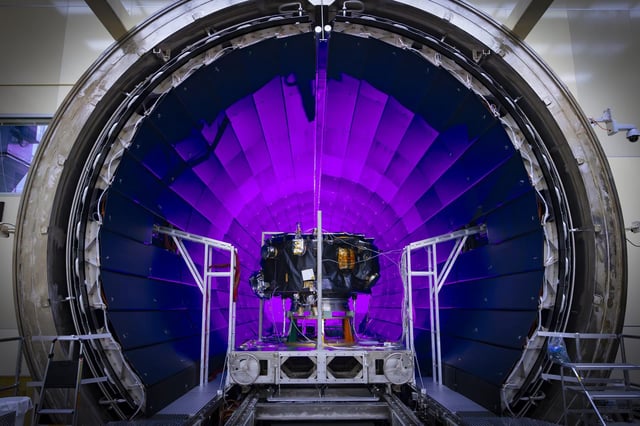Overview
- SpaceX’s Falcon 9 lifted off from Kennedy Space Center at 7:30 a.m. EDT on Sept. 24 carrying NASA’s IMAP and Carruthers Geocorona Observatory with NOAA’s SWFO‑L1, and all three spacecraft deployed and checked in with ground teams.
- IMAP will map the heliosphere’s boundary and sample energetic particles, Carruthers will image Earth’s outermost atmosphere, and SWFO‑L1 is NOAA’s first full‑time operational space‑weather observatory.
- The trio is cruising about one million miles sunward to L1 for commissioning, with IMAP and Carruthers targeted to be operational in early 2026 and SWFO‑L1 expected on line by spring 2026.
- L1 offers an uninterrupted view of incoming solar wind and coronal mass ejections, enabling real‑time measurements and earlier alerts for hazards to spacecraft, navigation systems, and human explorers.
- The combined program is valued at roughly $1.6 billion, and sharing a single rocket reduced launch costs while rapidly augmenting the heliophysics and forecasting fleet.



